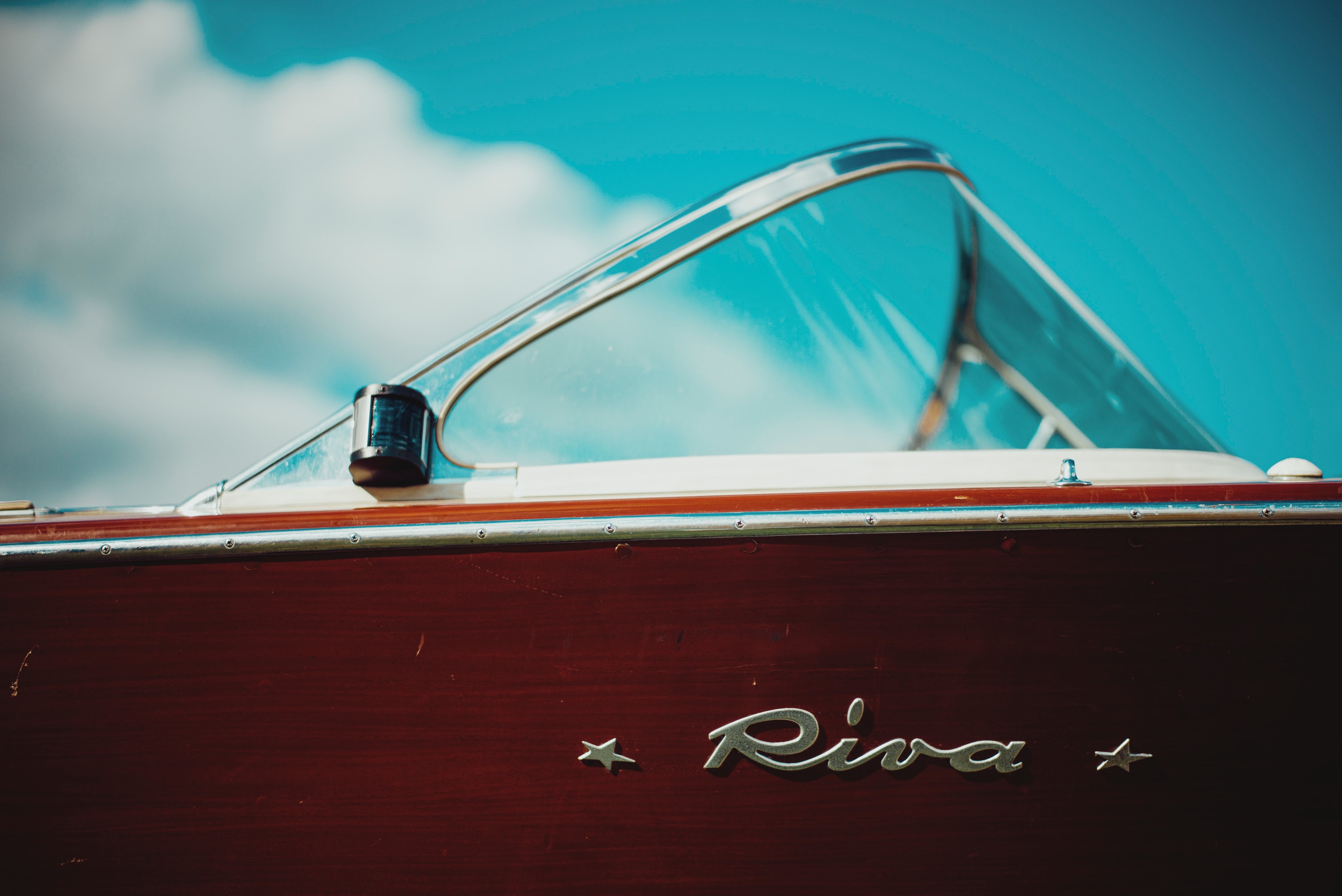Boating season is almost here. Now is the time to prepare your boat for launch and a long, successful season of fun on the water.
Whether you’re operating a center console, inboard motor yacht or a ski & wakeboard boat, etc., these pre-launch guidelines will help you maintain and inspect the various systems of watercraft.
Safety Equipment Pre-Launch Inspection
Personal Flotation Devices
All flotation devices aboard the vessel must be Coast Guard approved. Watercraft less than 16’ must have one Type I, II, III, or V per person. Watercraft bigger than 16’ must have one Type I, II, III, or V per person and one Type IV throw-able device.
Fire Extinguishers
Boats less than 26’ must have one B-I fire extinguisher. 26’-40’ boats must have two B-I extinguishers or one B-II extinguisher and boats 40’-65’ must have three B-I extinguishers or one B-II and one B-I extinguisher.
Visual Distress Signals
Watercraft less than 16’ must have night signals when operating between sunset and sunrise. Watercraft longer than 16’ must have a minimum of three day-use and three night-use pyrotechnic devices.
Sound Producing Devices
Boats with a length less than 39.4’ must have a horn, whistle, or another device capable of producing sound. Boats larger than 40’ must also have one bell able to produce a 4-second blast for half a mile.
Backfire Flame Arrestors
Gas-powered watercraft of all sizes must have one Coast Guard-approved device on each carburetor.
Marine Sanitation Devices
Any toilet installed on a boat under 65’ must be a CG-certified Type I, II, or III marine sanitation device. Vessels over 65’ can only have Type II or III devices.
Pollution Regulations
All boats must follow the “honor system” when it comes to polluting. Boats larger than 26’ must have a 5’’ X 8’’ oil discharge placard and a 4’’ X 9’’ MARPOL trash placard. Watercraft over 39.4’’ must have a waste management plan also.
Navigation Devices
All boaters should be familiar with the recommended rules, but vessels 39.4’ and over are required to have a current copy of the USDOT USCG International – Inland Navigation Rules aboard.
Ventilation
All size watercraft must have one Coast Guard-approved powered system.
First Aid Kit
We recommend having a fully-stocked first aid kit in case of an emergency.
» MORE: Boat Safety Tips
Systems Pre-Launch Checklist
Display & Documentation
- State-Issued Certificate of Number
- Federal Registration Documents
- Coast Guard Certificate of Documentation
- Insurance Documents & Cards
Electrical Systems
- Examine all electrical connections
- Charge or reinstall all batteries as needed
- Clean and tighten all connections
- Coat battery terminals with insulating grease
Engine & Fuel System
- Replace engine and transmission cooler zincs
- Inspect engine mounts
- Replace engine heater plugs
- Replace fuel filters
- Clean or replace the engine air filter
- Check the oil cooler for leaks
- Check the level of the oil reservoir
- Check hose clamps for corrosion
- Scrub bilges and engine pan
- Replace oil absorbent pads
Belts, Cables & Hoses
- Inspect hoses and clamps for leaks and corrosion
- Inspect exhaust elbows
- Replace engine belts
- Inspect the boat’s steering controls and linkage
- Inspect wear ring and impeller
Trailer
- Rinse trailer
- Check for rust spots and remove them as needed
- Grease wheel bearings
- Lubricate the coupler and tongue jack
- Replace any faulty components
» MORE: Boat Trailer Maintenance Tips
Propellers & Hull
- Replace raw water pump impellers and gasket
- Inspect and clean raw water strainers
- Service hull seacocks
- Examine the condition of shaft and boots
- Clean propeller growths and check blades
- Install new zinc
Outdrives & Outboards
- Check the outdrive for cracks
- Check hydraulic trim fluid and replace if necessary
- Check lower-unit lubrication level
Water System
- Replace holding tank filter
- Commission freshwater system and fill the water tank
- Test water systems and remove non-toxic antifreeze
Exterior
- Prep and paint lower unit as needed
- Clean and paint strainers
- Prep and paint bottom
- Clean swim platform, boarding ladder & boarding step
- Re-install exterior cushions and canvas
Sailboat Rigging
- Inspect swage fittings and replace as necessary
- Check halyards and sheets for wear
- Inspect for “fishhooks” in wires
- Lubricate turnbuckle threads
- Rinse chainplates to check for leaks
- Inspect chainplates for rust
Insurance
Just as you would check all the systems aboard your boat, it’s important to do an insurance check as well. You want to make sure that you’re properly covered for the upcoming season, with a comprehensive boat insurance policy that protects you against damage to your vessel, as well as any additional risks that you will be exposed to as a boater.
Thorough protection varies from boater-to-boater, depending on your specific watercraft, level of experience, location, and more. It’s best to read through your existing policy and double-check that it provides you with full coverage.
» MORE: Comprehensive Boat Insurance Coverage - What It Is and How to Get It
If you’re new to boating, one of the top items on your to-do list should be to get insured. Coverage for potential damages or liabilities could save you from a hefty repair bill down the road.

